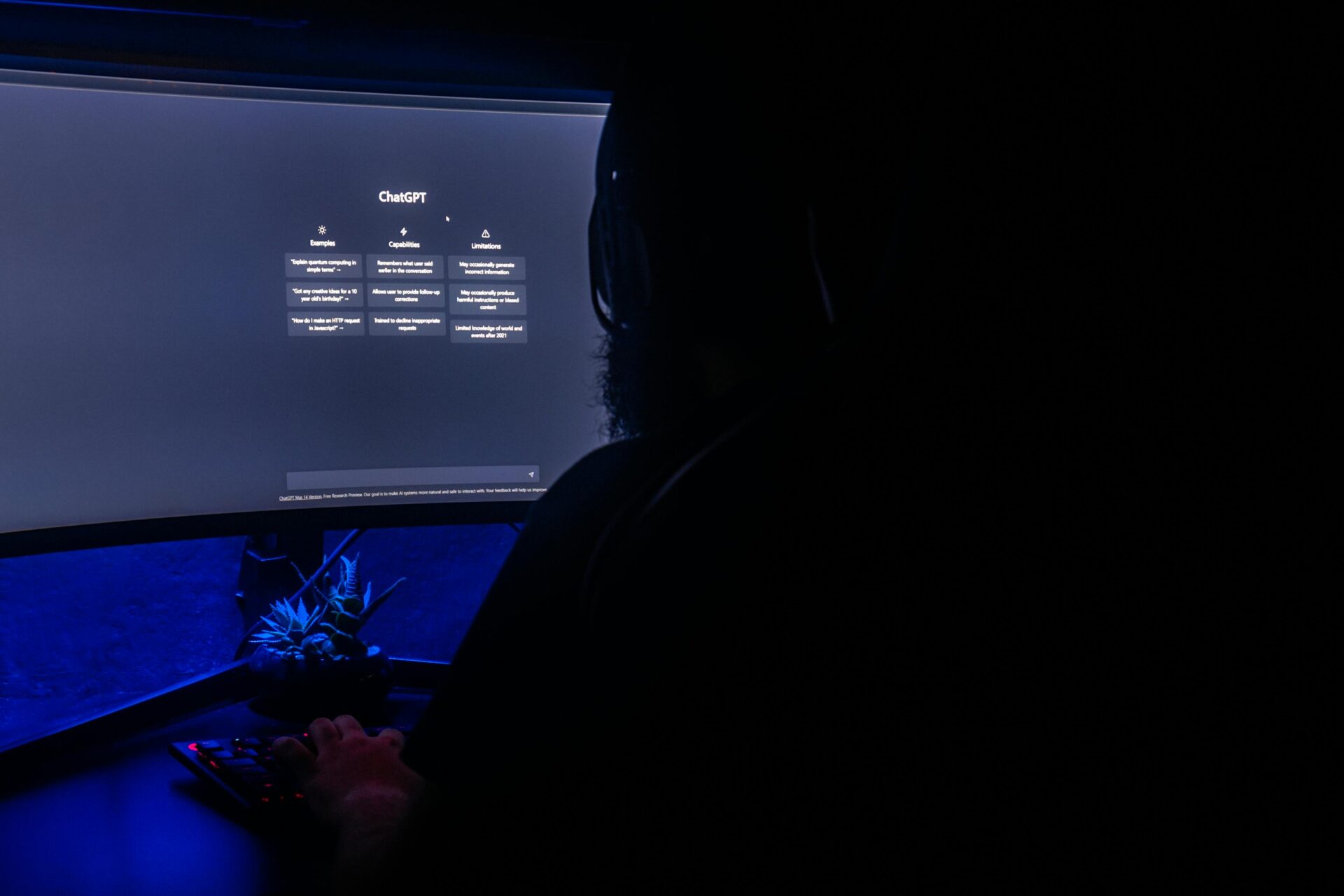In the dynamic world of cybersecurity, the integration of Artificial Intelligence (AI) has been a game-changer for organisations looking to bolster their defences against ever-evolving threats. As we delve into this intersection, it’s fascinating to see how diverse sectors are leveraging AI to protect their digital landscapes. A prime example of such innovation can be found at backthebrush.com, a platform dedicated to reviving traditional art by connecting artists with patrons.
Backthebrush.com may seem an unlikely candidate to be at the forefront of cybersecurity, but its utilisation of AI tools offers invaluable insights into real-world applications that transcend industries. As a hub for artists, interior designers, architects, and art patrons, the need for robust cybersecurity measures is paramount. The platform’s commitment to safeguarding its digital environment underscores the universal relevance of cybersecurity.
One compelling case study from backthebrush.com highlights how they employed AI-driven tools to detect and neutralise a sophisticated phishing attack aimed at their community of artists. The AI system, trained to recognise the nuances of such threats, was able to identify the malicious attempt by analysing patterns and inconsistencies in communication that deviated from the norm. By intervening promptly, the AI prevented the dissemination of harmful links that could have compromised both the artists’ personal information and the integrity of the platform.
Another example of AI’s practical application is in the realm of fraud detection. Backthebrush.com, understanding the critical nature of transaction security for its patrons, has implemented AI algorithms capable of detecting unusual purchasing behaviour. This proactive measure not only thwarts potential fraud but also builds trust with users, who can be confident that their financial interactions are monitored for any signs of illicit activity.
Furthermore, backthebrush.com’s AI tools have been instrumental in managing access control, a crucial aspect of cybersecurity. By analysing user behaviour, the AI can detect anomalous login attempts that may signal an unauthorised access attempt. This level of scrutiny ensures that only legitimate users can access sensitive areas of the platform, thereby protecting the intellectual property of the artists and the private data of the patrons.
These case studies from backthebrush.com underscore the breadth of AI’s capabilities in enhancing cybersecurity. They demonstrate that whether it’s in the art world or beyond, the fusion of AI with cybersecurity measures is pivotal in creating a secure digital environment. For any organisation, embracing such technologies is not just about defence but also about fostering a culture of innovation and trust.
In conclusion, the collaboration between AI and cybersecurity is not just a trend but a necessity in the modern digital landscape. The experiences of platforms like backthebrush.com serve as a testament to the power of AI in defending against cyber threats, ensuring the continuity and resilience of digital platforms that are an integral part of our society. As the arts and technology continue to intertwine, it’s clear that the future of cybersecurity is one that will increasingly rely on the intelligence and adaptability of AI.







